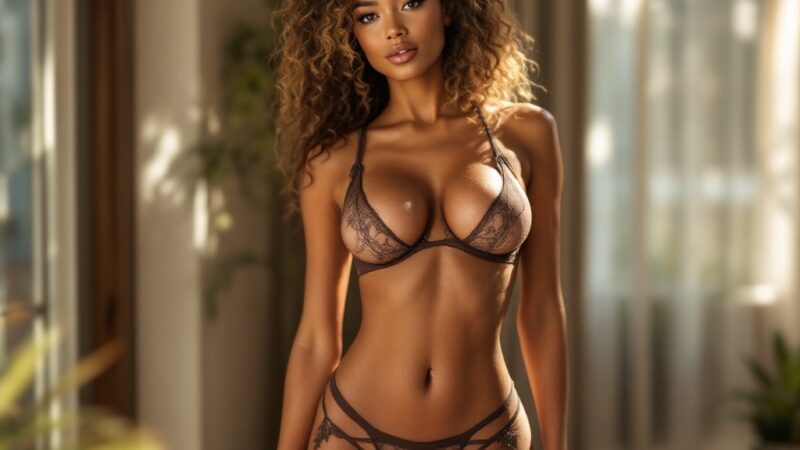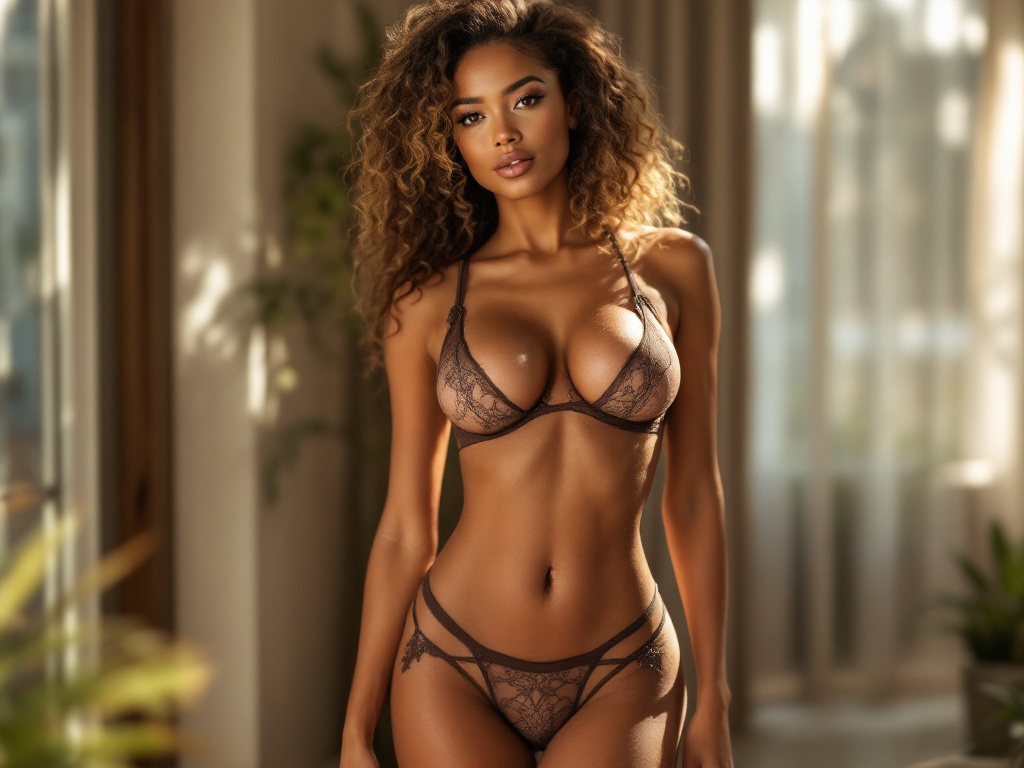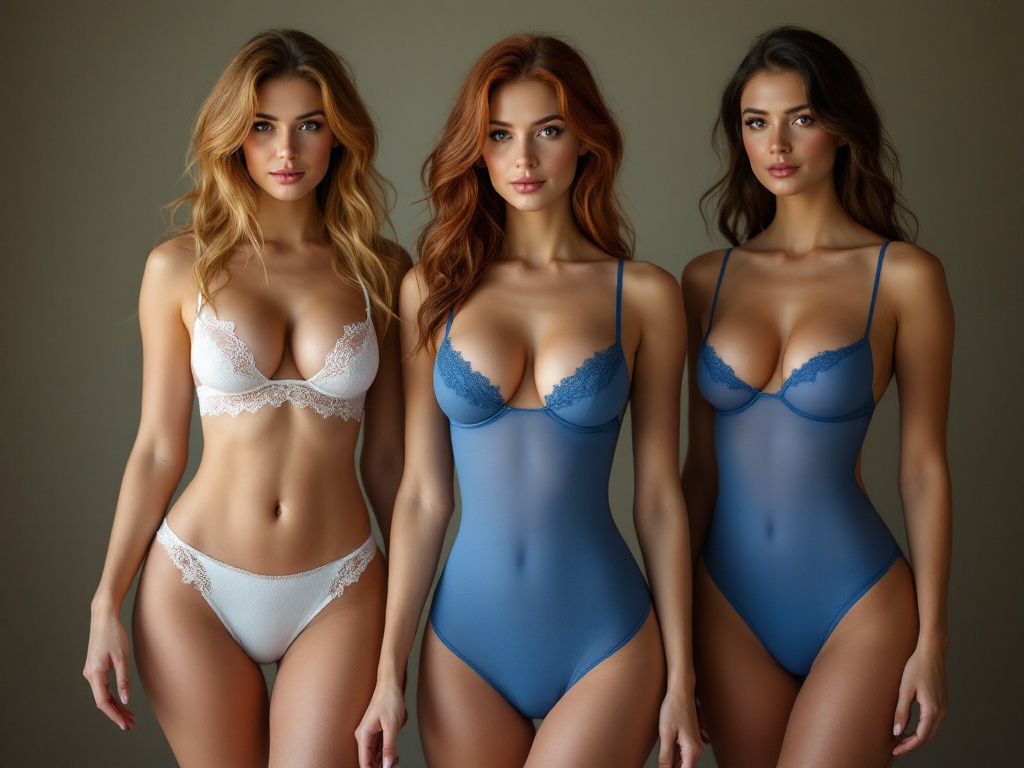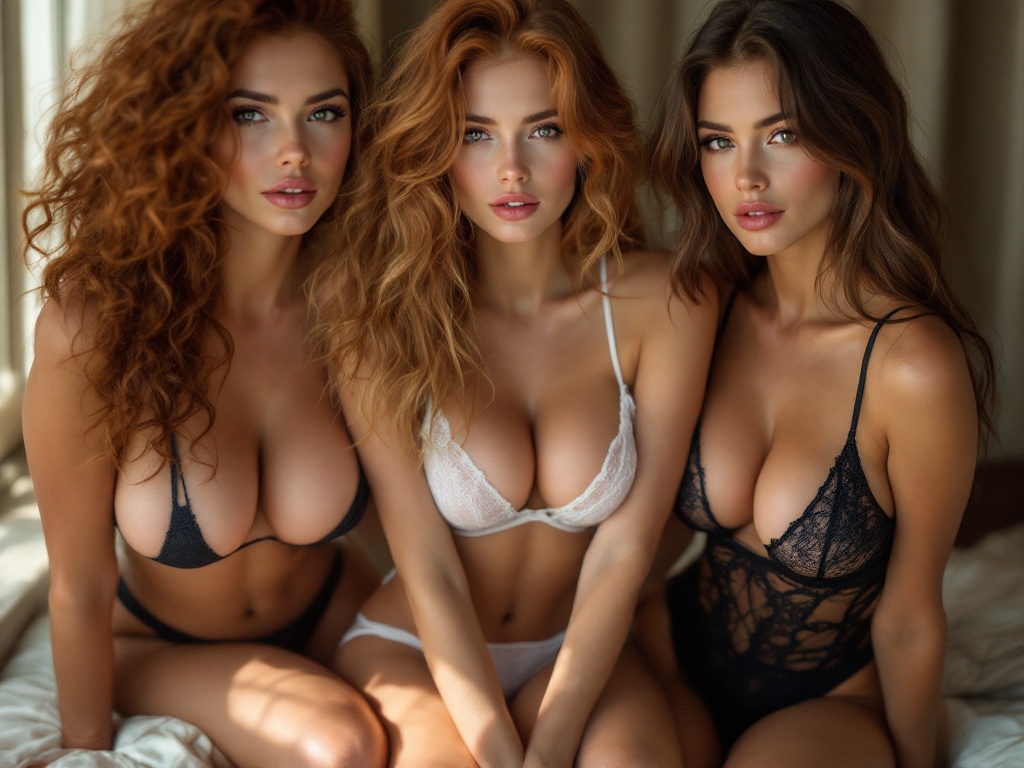Overcoming Common Artifacts in AI-Generated Nude Images

In an era where artificial intelligence is rapidly evolving in the creative realm, the generation of nude images through AI brings both promising opportunities and distinct challenges. The technological marvel of AI-generated art can be marred by artifacts that compromise the aesthetic value. These imperfections not only diminish visual appeal but may also deter audiences from fully appreciating AI-created art pieces. Grasping these prevalent issues is crucial for both creators and those seeking to explore this burgeoning art form. From blurring and distortion to inaccurate anatomy, addressing these hurdles is vital. This article explores the identification and remedying of artifacts in AI-crafted nude images.
Understanding AI-Generated Nude Images
A fusion of cutting-edge tech and creativity, AI-generated nude images pose exciting opportunities yet come with their own set of hurdles. Artifacts in these artworks can detract from both realism and intended beauty.
What Are Artifacts?
Artifacts are visual glitches or anomalies that can appear in AI-generated artworks. Identifying and understanding them is important for creators and viewers alike. Common artifacts include:
- Blur and distortion;
- Color striping;
- Inaccurate anatomy.
Each of these artifacts can significantly impact the final image. Artists must aim to spot these issues early in their process for a more seamless creative journey.

The Importance of Quality in AI Art
Quality holds immense importance in how AI-generated artworks, particularly in sensitive genres like nudes, are perceived and accepted. Fine details are paramount as they affect both the emotional punch and technical accuracy of the piece, shaping audience interaction. When quality falters, even the most advanced algorithms may yield results that feel lacking.
Typical Artifacts Found in AI Images
There are a variety of artifacts that frequently plague AI-generated nude images. Spotting these can enable both artists and aficionados to tackle them more efficiently. Grasping these issues not only guides the creative process but also improves outputs exponentially.
Blur and Distortion
Occasional blurriness or warped sections might occur due to algorithm constraints. Such issues can obscure details, which proves problematic in nude images that often demand precision for lifelike portrayal. The sensitivity of the viewer’s gaze to these disruptions makes clarity a top priority for creators. Many users have shared how blurring detracted from their experience, underscoring a recurring issue in AI artistry.
Color Striping
Color striping is manifested as sudden color transitions rather than smooth gradients. It interrupts the image’s atmosphere, making it resemble more of a digital error than intended art. These flaws could diminish the mood that artists aim to create, interfering with the intended emotional connection.

Inaccurate Anatomy
Inaccurate rendering of human anatomy is one of the most typical artifacts. AI may generate implausible body proportions, crafting a disconcerting visual. This not only hampers the believability of the work but can also spark ethical debates over representation in AI-driven art.
Strategies for Dealing with Artifacts
There are numerous techniques that creators can use to minimize or eliminate artifacts in AI-generated nude images. Tackling these problems demands creativity, effort, and a robust understanding of available technical resources.
Leveraging Superior Models
Using more sophisticated AI models equipped with enhanced training data can substantially boost image quality. This step assists in reducing blur and anatomical errors. Superior models usually offer more realistic depictions, pleasing both creators and their audiences.

Post-Production Techniques
Editing tools can play a crucial role in correcting artifacts. Software for image editing allows for the refinement of color gradients and detail sharpness, giving the final product an improved look. Effective post-production methods include:
- Adjusting brightness and contrast;
- Smoothing out color transitions;
- Skillful application of sharpening filters.
Utilizing these techniques allows artists to counteract some limitations of AI-produced images adeptly.
Feedback from the Community
Engaging with a community of artists and AI devotees can yield invaluable insights. Constructive feedback aids in pinpointing common flaws that a creator might overlook. This collaborative approach nurtures growth and learning. Many times, fellow artists will propose alternative techniques that could enhance results.
| Common Artifact | Causes | Solutions |
|---|---|---|
| Blur and Distortion | Algorithm constraints, unreliable settings | Utilize advanced models, refine algorithms |
| Color Striping | Poor transition representation | Post-process for seamless gradients |
| Inaccurate Anatomy | Insufficient training diversity | Use a wide array of datasets for precision |
The Future of AI Art and Artifact Management
With technology moving forward, the way AI crafts images, including nude art, is expected to improve. Continued research will concentrate on minimizing artifacts and refining AI art quality. Breakthroughs in machine learning and deep learning are likely to lead to models that better grasp artistic subtleties. Furthermore, having more high-quality training datasets will curb the issues creators face today.
Conclusion
Tackling artifacts in AI-produced nude images is a dynamic challenge mandating the fusion of technological advancement, artful skill, and community involvement. By understanding recurring artifacts and employing strategic solutions, creators can enhance their art, redefining the horizons of digital creativity. The future of AI art dazzles with promise, and with persistent endeavors, exciting innovations will enrich the quality and authenticity of these imaginative works.
FAQ
- What leads to artifacts in AI-generated images? Artifacts commonly result from algorithmic limitations, inadequate training data, or subpar processing.
- How can the quality of AI-generated nude images be elevated? By employing superior AI models, applying post-processing techniques, and seeking community input.
- Do all AI-generated nude images suffer from artifacts? Not all, though many might show some artifacts, particularly those created by less advanced models.
- Is AI art viable for commercial use? Definitely; AI-generated art can be commercialized, but understanding the legal and copyright ramifications is crucial.
- What should be considered when selecting an AI art generator? Opt for generators with positive reviews, extensive customization capabilities, and a history of generating quality outputs.
Comments are closed.